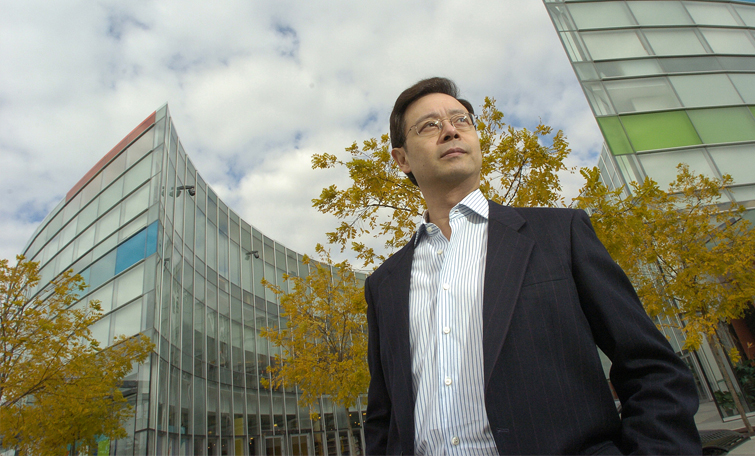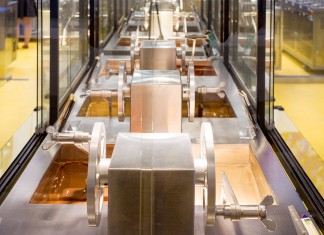Trade War Accelerates China's Value Chain Restructuring: A Crisis or an Opportunity?
- Caifu Magazine | by Star
- EN


Value chain restructuring and trade structure changes are already irreversible, but are not necessarily all bad. China needs to take the initiative to accept and adapt to some immutable changes. In recent years, with the increasing costs of labor, resources, and energy, the international competitiveness of Chinese processing industry was weakened; labor-intensive industries have shifted to Southeast Asian countries like Vietnam, Malaysia, and Indonesia. Data shows that China's investment in the ASEAN manufacturing industry in recent years accelerated. In 2015 and 2016, China's investment in the ASEAN manufacturing industry went up by 73.4% and 34.3% respectively. Against the backdrop of trade war, the shift of this labor-intensive industry to Southeast Asian and other low-cost countries is likely to accelerate.
However, for multinational enterprises, the cost of rearranging the industrial chain is very high, not only due to the issue of tariffs, but also due to other costs. It is unrealistic for multinational enterprises in China to withdraw on a large scale within a short time because their production investment and production chains are all in China. Meanwhile, China's relatively complete industrial supporting system and its deep integration with the global value chain cannot be easily replaced in the short term. But, if the trade war persists for more than three years or longer, it will have a substantial impact on foreign investments.
The restructuring of the global value chain is an unprecedented challenge to China. But it was not the restructuring that triggered the trade war. The global value chain restructuring and shifts have been going on for years. Since the financial crisis, restructuring has been very conspicuous as shown by the shrinkage and transfer of the production chain as well as the adjustment of the global value chain. And this restructuring reveals several new tendencies: first, production and assembling are located near the home market so as to shorten the supply chain, strengthen production control, and reduce external shocks; second, production and services are closer to the market for a faster adaptation to demand changes. To satisfy the special market demands, innovation needs localization more than ever before.
In fact, in recent years, China's consumption of high-quality products and service has grown fast, gradually turning it from a big manufacturer into a big consumer. The multinational enterprises of the world's major economies have begun to attach importance to China's consumption ability, positioning it as a major consumer market. On the other hand, China's high-tech market is more attractive to global investment. According to the statistics of China's Ministry of Commerce, in the first three quarters of 2018, high-tech manufacturing actually used foreign funds valued at ¥64.74 billion, up by 22.5% over the same period last year. Out of this, manufacturing of electronics and telecommunications devices, computers and office equipment, and medical equipment and instruments grew as by 37.5%, 72.8%, and 64.1% respectively compared with the previous year. Direct foreign investment in China's high-tech manufacturing still keeps a high growth momentum.
The trade war between China and the U.S. will inevitably change China's path. At present, China has become the fastest growing market for research and development. But in comparison with developed countries, China's enterprises still lag far behind in R&D investment and profit margins. Therefore, measures should be taken such as speeding up industrial import substitution, intensifying high-end manufacturing innovation and investment, promoting R&D investment, and comprehensively raising China's position on the global value chain. Opening up market access is not simply opening the market system but opening the commodity market to market rules and regulations. This is a new stage of openness. China should continue to open up and adopt international rules, changing the crisis into a real opportunity.















